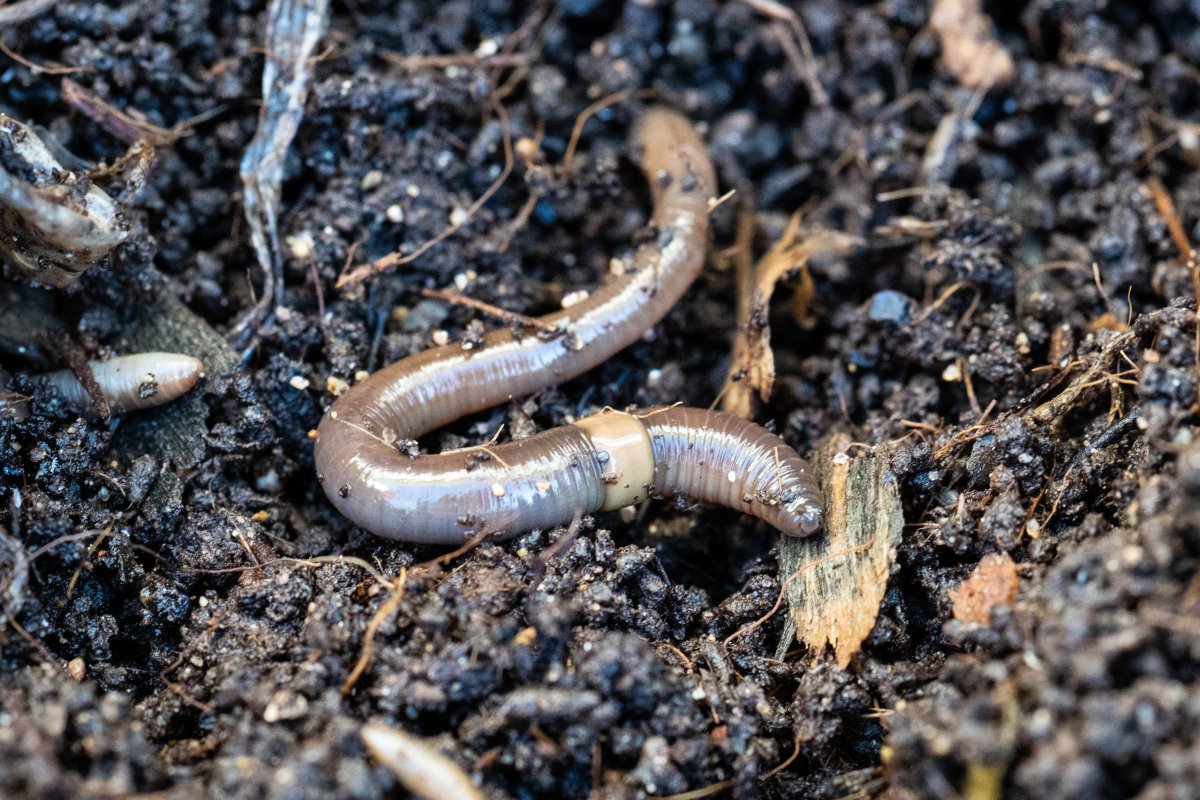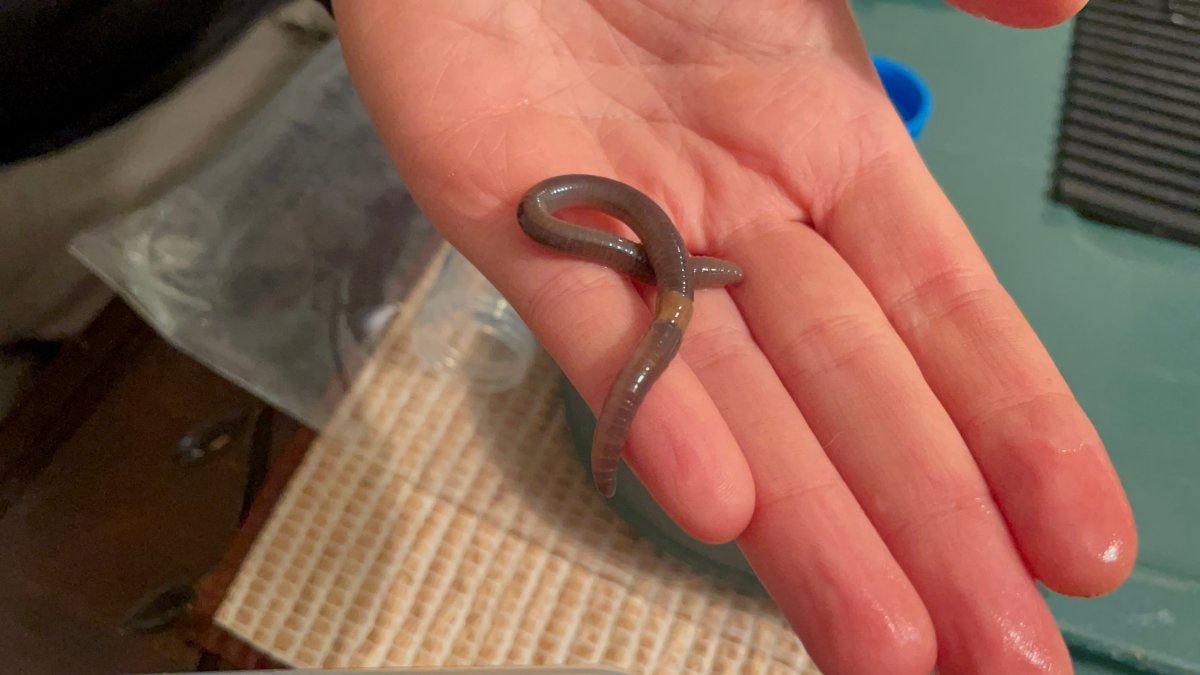At first glance, it looks like your run-of-the-mill earthworm.

But pick it up or watch one after it’s been disturbed — and you’ll see it thrashing and jumping about.
“They will jump around, wiggle, and squirm in a way that is just bizarre if you have never witnessed it before,” said Kristen Noel, council supervisor with the Nova Scotia Invasive Species Council.
For the first time, the invasive Asian jumping worm has been discovered in Nova Scotia.
It was found in a tropical houseplant purchased last month in the Halifax area by a graduate student, who incidentally studies earthworms.
Stephen Paterson, a master’s of science student at Saint Mary’s University, said while he’s “travelled great distances” studying non-native earthworms, he had no idea an invasive species was living in the soil of his own house plant.
“I noticed an earthworm poking its head out of the soil one morning and, being an earthworm researcher, dug it out to see what species it was,” he said.
“The worm was a juvenile and couldn’t be identified, but once I had it in my hand it started squirming wildly which made me realize this was likely a jumping worm species.”
He said he then pulled the plant out of the pot, and started collecting dozens of worms from the soil. He estimated there were more than 100 in the pot.
“Unfortunately I was unable to find a fully mature individual, so we still aren’t certain what species it was. We know it’s a jumping worm of some kind and are awaiting results from a DNA analysis to confirm the species,” he said.
His professor, Erin Cameron, said it was serendipitous that an earthworm researcher made this discovery. It also led her to wonder just how prevalent the species already is in the province.
“I was skeptical that they were jumping worms, so I asked him to bring some to me so that we could look under a microscope,” she explained.
“This is part of why I’m concerned. It is quite a coincidence that one of the few people in the province who works on earthworms would have found them, so maybe there are more people out there with jumping worms in their plants.”
Damaging to the ecosystem
Cameron said the jumping earthworms were originally from east and southeast Asia, and first introduced to North America by human activities, such as the exchange of plants and soils.
She noted they were first found in Canada around 2018 in Windsor, Ont., and also in New Brunswick last fall.
The jumping worms can reach higher densities and reproduce more quickly than other earthworms. As they burrow and consume organic matter, the soil they leave behind turns into a dry and granular material, much like coffee grounds.
“They degrade the quality of the soil really quickly by just feasting on all of the nutrients that’s found in soil and their casings are left behind,” explained Noel from the Nova Scotia Invasive Species Council.
“The soil turns into an ecosystem that has a huge lack of nutrients. But these worms can also displace native species like fungi and bacteria and amphibians.”
That’s a scenario the scientists hope to prevent.
“There isn’t a good way to eradicate them once they have established so making people aware now and avoiding introductions is the key way that they could be controlled,” Cameron said.
According to the New York Master Naturalist Program, jumping worms are widespread across much of the northeastern, southeastern and midwestern United States.
Both Cameron and Noel are asking plant owners to keep an eye out for the jumping worms, and to reach out and send samples if they find anything out of the ordinary.
“Hopefully, at this point in time, we’re hoping that it’ll be kind of centralized in the Halifax Regional Municipality because that’s where this plant was,” said Noel.
“And if there were more worms in that shipment of plants, we’re hoping that it might be isolated to that one nursery. But at this point in time, we really don’t know.”
How to spot one
Noel said the council can give directions on how to dispose of the worm and soil.
Essentially, the worms can be placed in a plastic bag and then in the freezer for 24 hours.
As for how to spot one, the worms are usually grey or brown in colour. The narrow band around their body is smooth and white or grey in colour, unlike in other species where the band is raised and pink.
The biggest tell-tale sign, and the inspiration behind their name, is their behaviour. They jump and thrash, and can also shed their tails in defense.










Comments